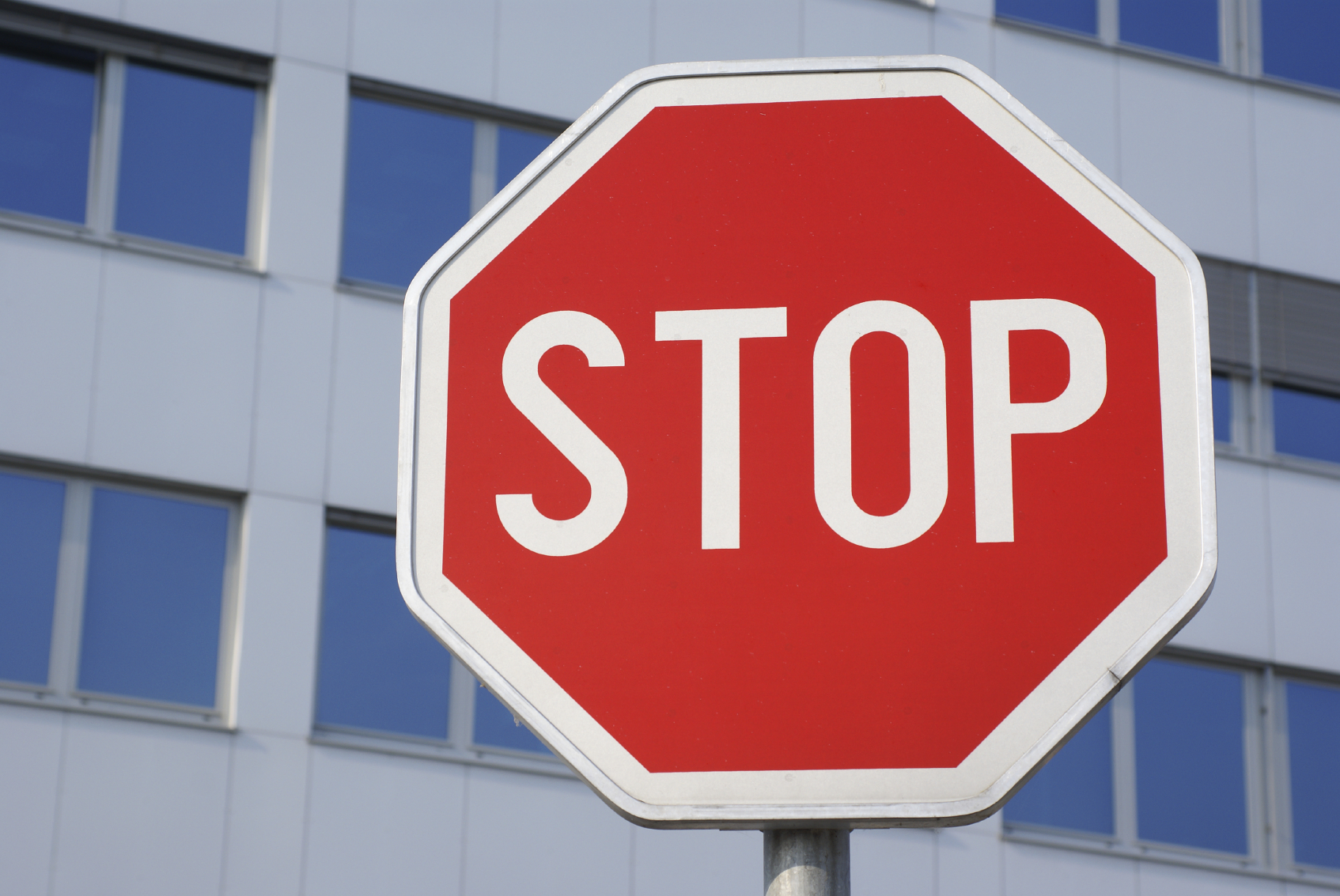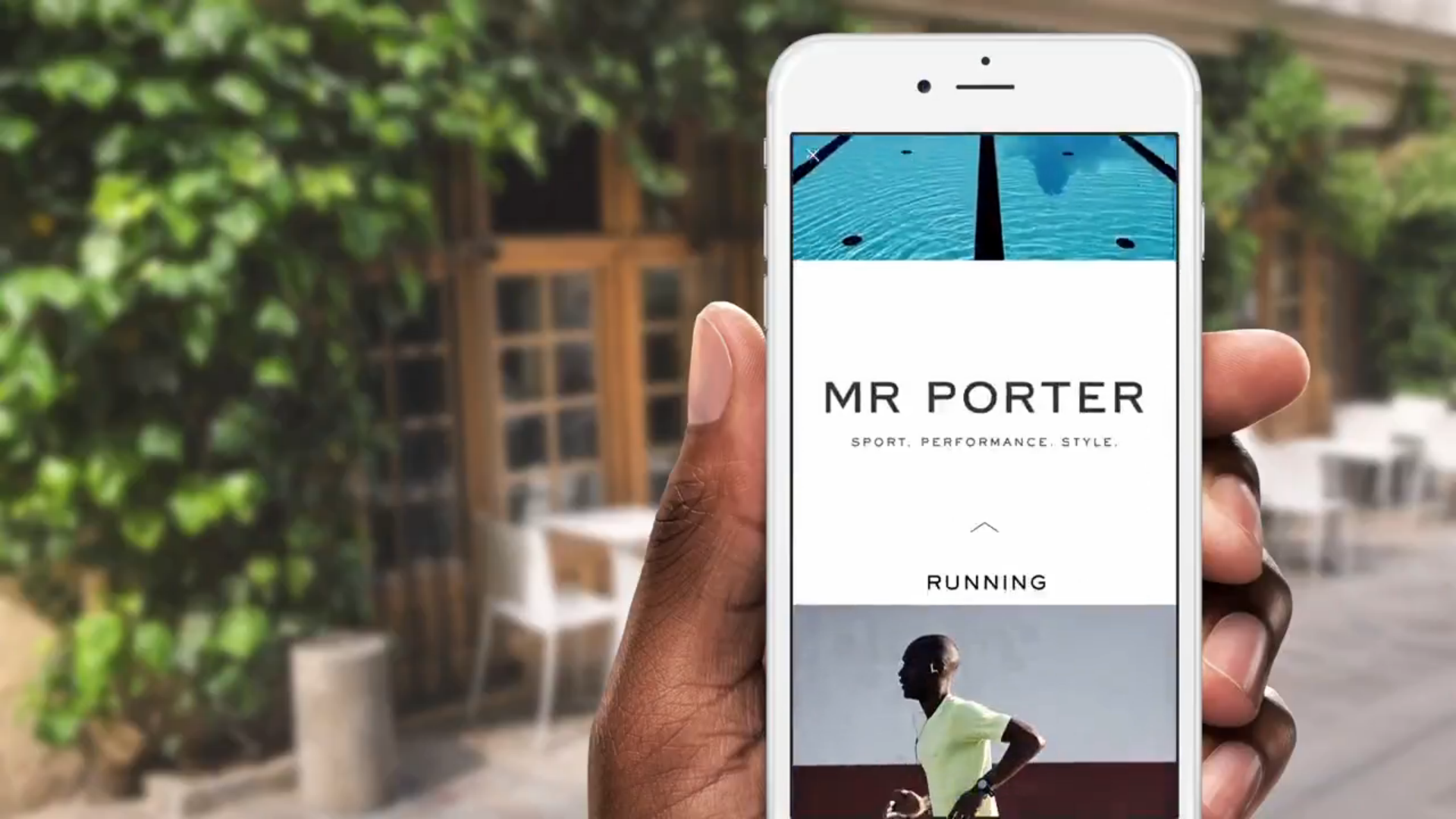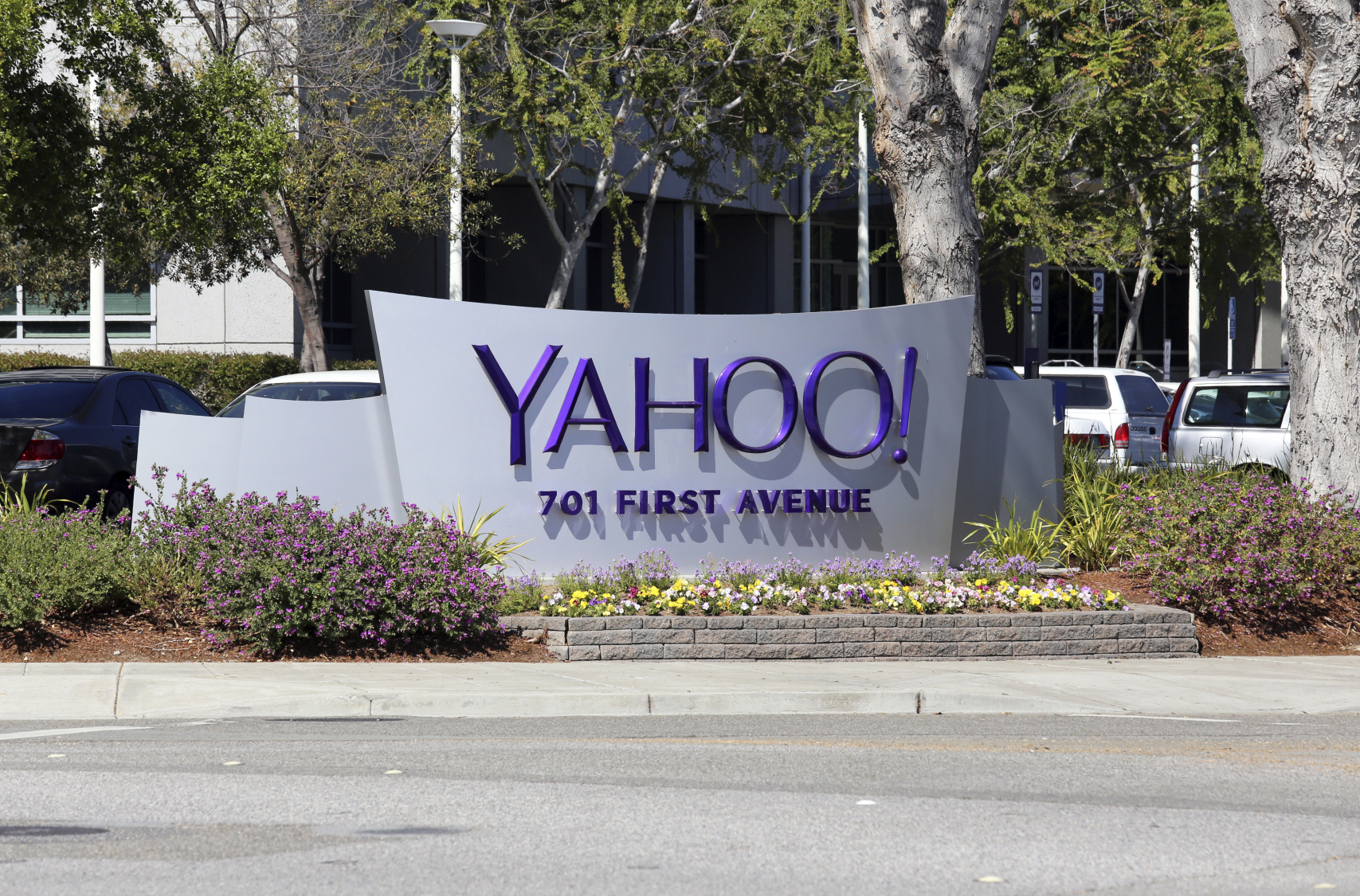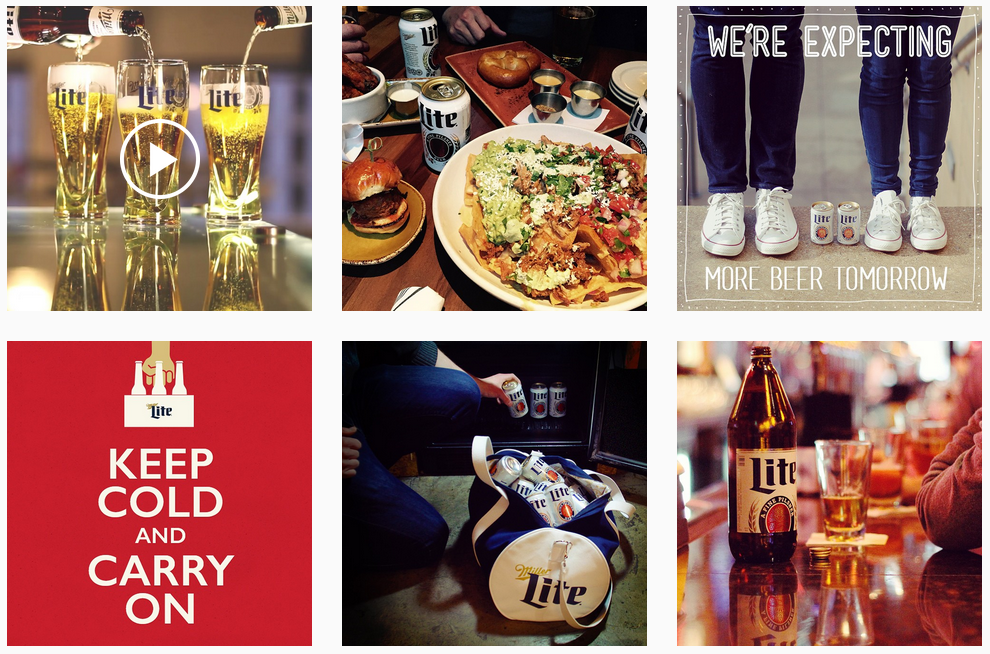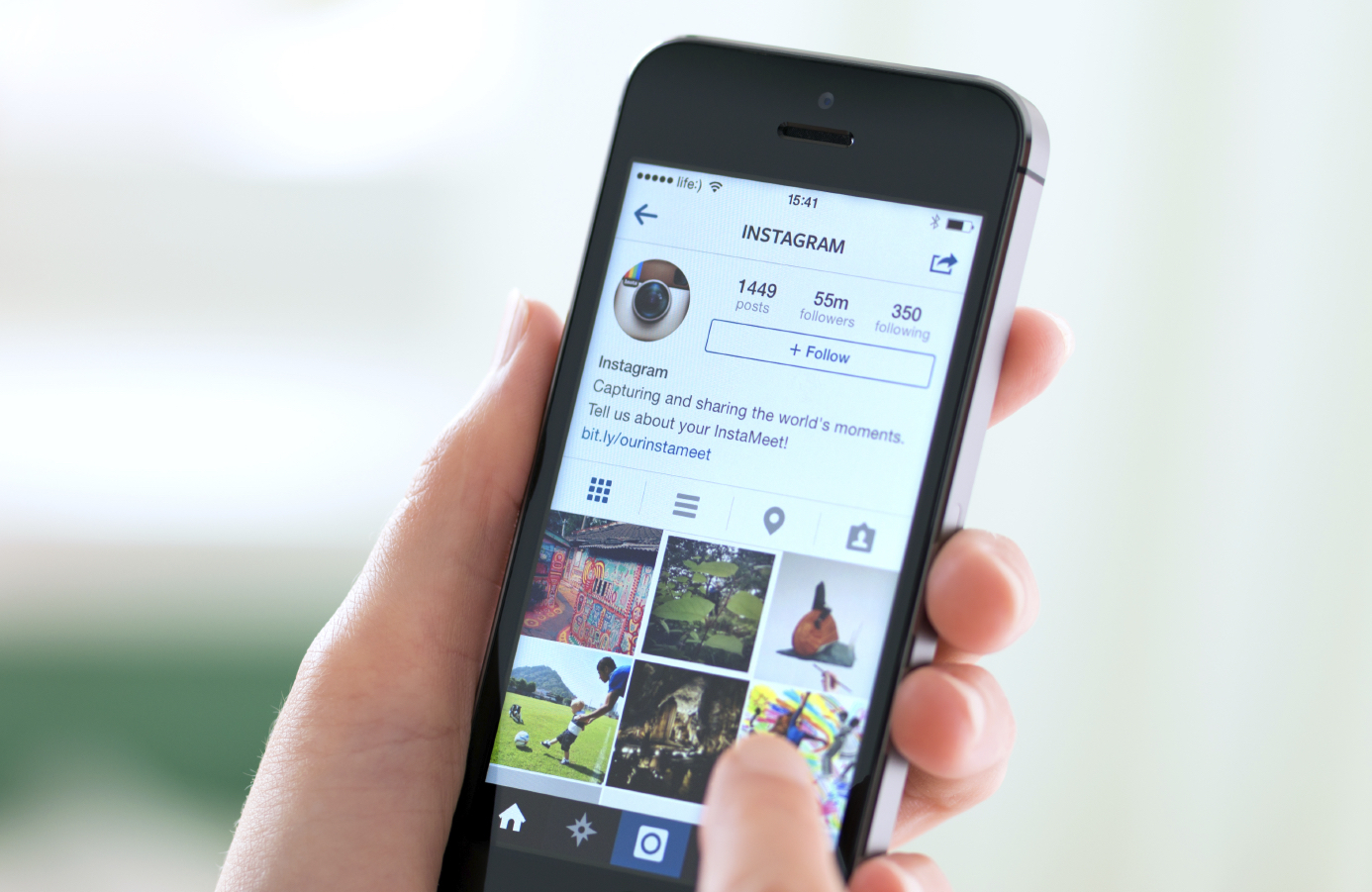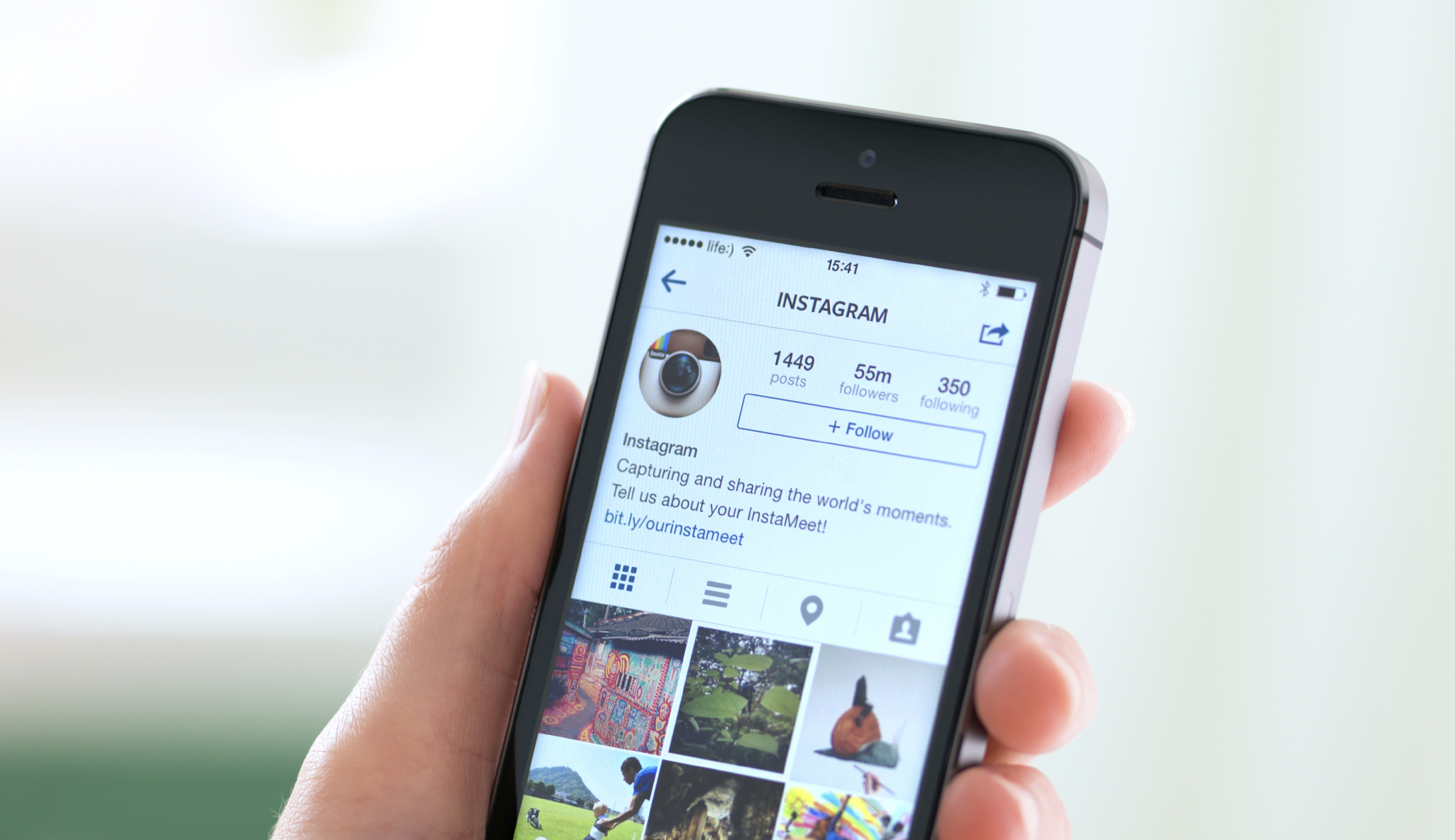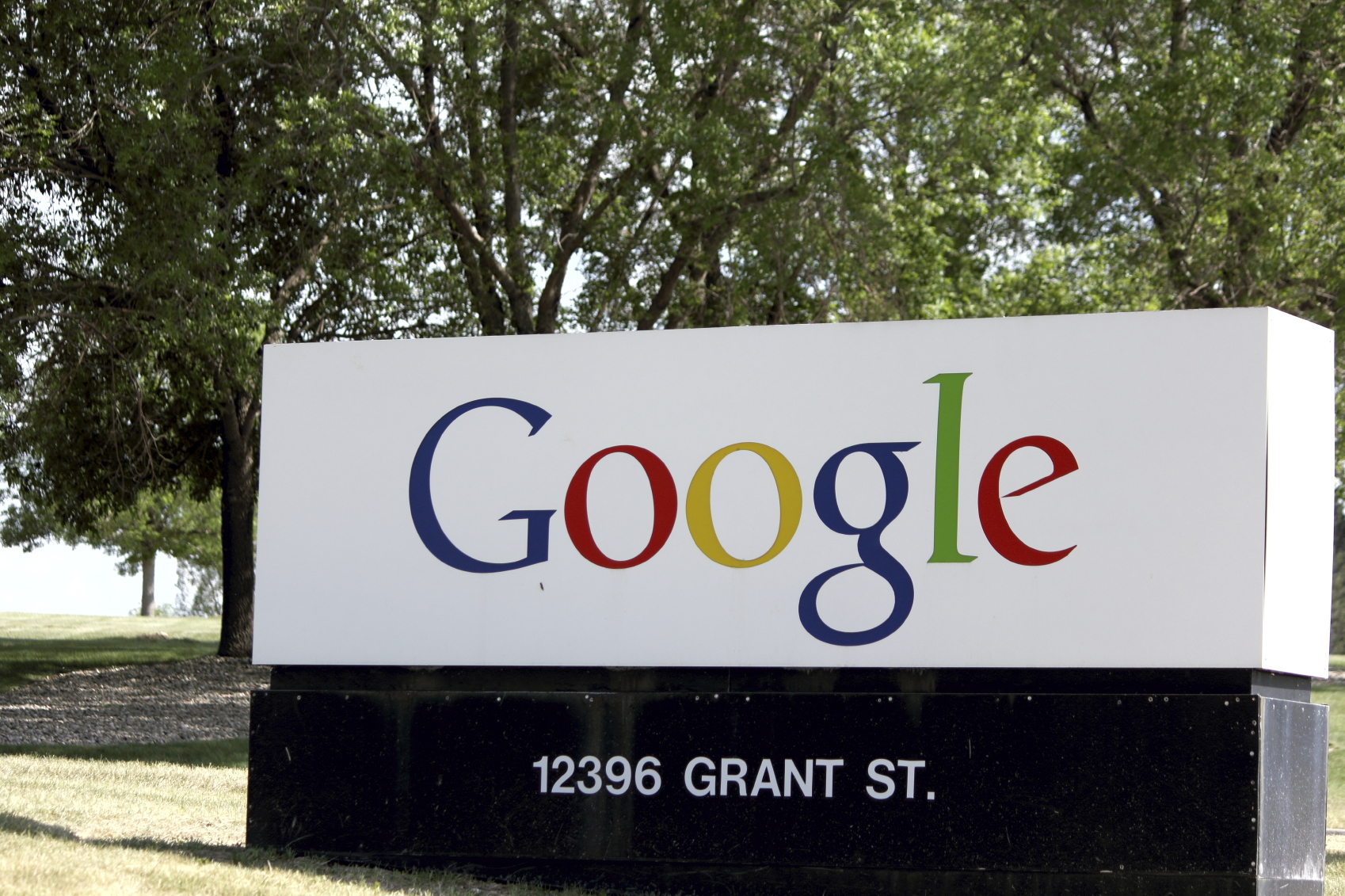What Happened
Snapchat is reportedly considering monetizing one of its most recent additions to the app – the selfie lenses, which let users add fun special-effect overlays to their selfies. The popular messaging app is said to be pitching brands sponsored selfie lenses for as much as $750,000 for one day. Similarly, Snapchat recently launched Sponsored Geofilters, allowing brands like McDonald’s to offer customers near one of its stores a unique branded filter to use on their snaps.
What Brands Need To Do
Sponsored lenses represent a new kind of native advertising that is more interactive and engaging than traditional ads. While the Sponsored Geofilters can feel a bit tacked on to the photos, the Sponsored Lenses overlay on the sender’s face, making them unique and intimate. For Snapchat, this is potentially a new revenue stream, and another great native ad units for advertisers and brands to buy to reach young millennial consumers.
Source: TechCrunch

